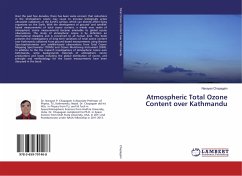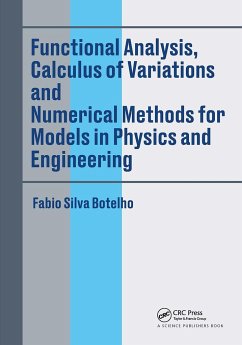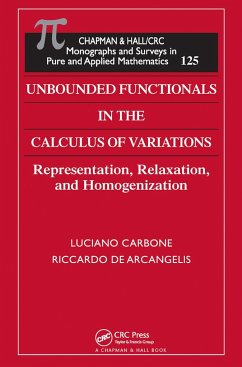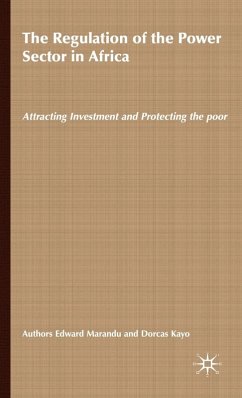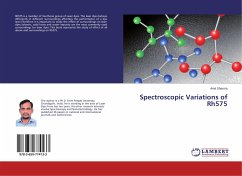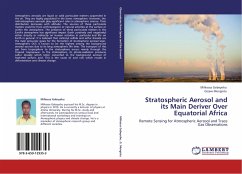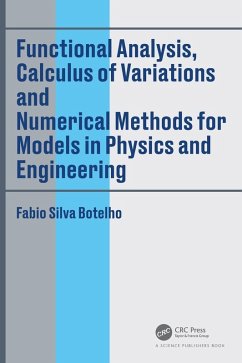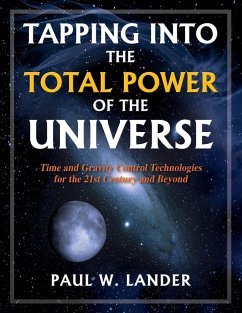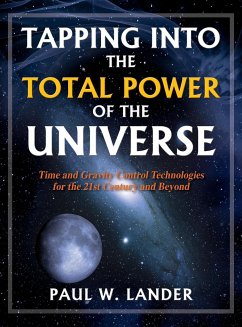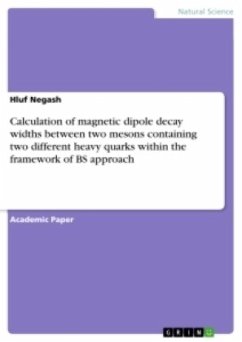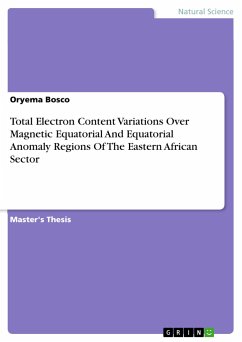
Total Electron Content Variations Over Magnetic Equatorial And Equatorial Anomaly Regions Of The Eastern African Sector
Versandkostenfrei!
Versandfertig in 1-2 Wochen
42,95 €
inkl. MwSt.

PAYBACK Punkte
0 °P sammeln!
Master's Thesis from the year 2016 in the subject Physics - Other, , course: Master of Science in Physics, language: English, abstract: The presence of charged particles in the earth's ionosphere affect radio signals that traverse the ionosphere, causing signal delay or loss of lock when in severe conditions, and this hampers GPS-based communication systems. Studies have proved that the magnitude of these ionospheric effects on GPS signals is directly proportional to the total electron content (TEC).In this study, TEC variations as well as variations of Crest-to-Trough TEC Ratio (TEC-CTR), and...
Master's Thesis from the year 2016 in the subject Physics - Other, , course: Master of Science in Physics, language: English, abstract: The presence of charged particles in the earth's ionosphere affect radio signals that traverse the ionosphere, causing signal delay or loss of lock when in severe conditions, and this hampers GPS-based communication systems. Studies have proved that the magnitude of these ionospheric effects on GPS signals is directly proportional to the total electron content (TEC).In this study, TEC variations as well as variations of Crest-to-Trough TEC Ratio (TEC-CTR), and the effects of geomagnetic storms on ionospheric TEC were investigated using dual-frequency GPS derived TEC data obtained from four stations within the Eastern African equatorial region for the high solar activity year 2012.Annual variations showed that TEC had two peaks in the equinoctial months while minima values were observed in the summer and winter solstices. The diurnal pattern showed a pre-dawn minimum, a steady increase from about sunrise to an afternoon maximum and then a gradual fall after sunset to attain a minimum just before sunrise. Nighttime enhancements of TEC were observed mostly in the equinoctial months.Analysis of the diurnal and seasonal variability of TEC showed two peaks, one peak occurred during pre-midnight hours and the second (highest) peak occurred during the post-midnight (early morning) hours. There was comparably higher percentage variability during nighttime than daytime and highest during equinoxes, moderate in winter and least during summer solstice. It was observed that generally TEC values were higher at the dip equator than near the crest of the equatorial ionization anomaly.TEC-CTR was seen to have two peak values, one occurred in the pre-sunrise hours around 02:00-03:00 UT and the second (highest) occurred in the post-sunset hours around 18:00-20:00 UT. TEC exhibited good correlation with geomagnetic storm indices.



